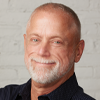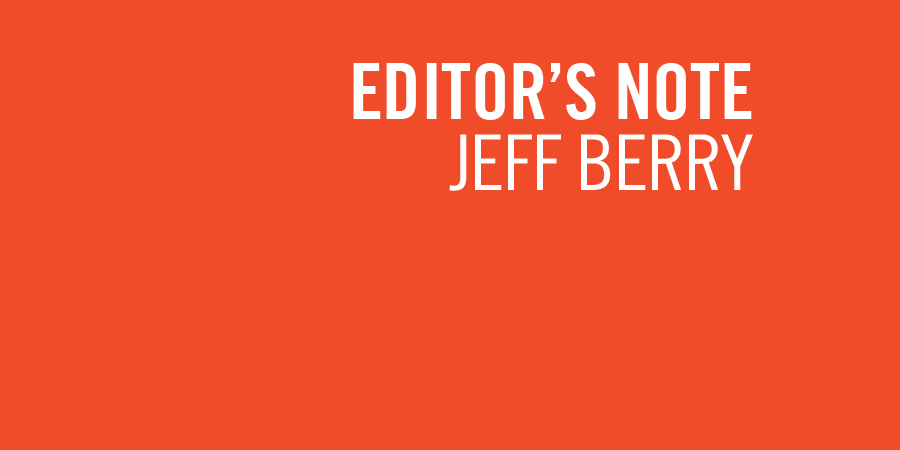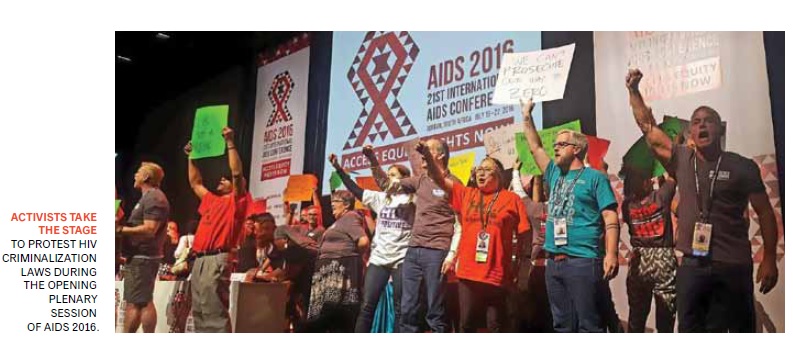

Community is a word we often hear bandied about at various meetings, conferences, and gatherings, but it’s sometimes a loaded word that often means different things to different people, and its definition depends on the setting or context in which it’s used. Community can be based on geography, such as the actual community of Hollywood, Florida, or it can be used to describe those who share a common history, or social, economic, and political interests. Then there is the psychological sense of community, defined as “a feeling that members have of belonging, a feeling that members matter to one another and to the group, and a shared faith that members’ needs will be met through their commitment to be together.”
All of our various communities are in flux right now with an overall general increase in awareness of social injustices that exist in our society, and the realization that positive change needs to occur.
All of our various communities are in flux right now with an overall general increase in awareness of social injustices that exist in our society, and the realization that positive change needs to occur. Some communities have recently come under attack, both literally and figuratively, in the midst of a very divisive political climate. A direct attack on our brothers and sisters at Pulse nightclub in Orlando was devastating, and touched all of us deeply, and is beyond the realm of understanding. But even in the darkest moments, hope rises up, as seen with the lines of people that grew to be blocks long, waiting to donate blood; the makeshift memorials of flowers and candles that instantly began popping up; the tales of grace and heartbreak that emerged from those who survived. And the faces and stories behind the 49 members of our community who we lost but are not, and will never be, forgotten.
When recently summoned for jury duty at the Circuit Court of Cook County in Chicago, I spent a day with 41 other individuals while being questioned by the judge and lawyers for the plaintiff and defendants in a civil suit. I really didn’t want to be selected because I would have had to cancel a vacation I had been planning for months, but as the day wore on I was fascinated by the process of jury selection, and quite impressed by the knowledge and wisdom of the judge overseeing the case. He kept stressing to all of us in the room how we are the only country in the world in which civil cases are left to 12 members of a community to decide, after weighing all of the facts. He used the word “community” several times throughout the day, and after being in the same room all day with the other prospective jurors, all of us sharing personal details about our lives, education, and work history, I felt a strong sense of community. Yes, we were all very diverse and had different backgrounds, but we were coming together to work towards a common cause, one that I believe benefits us all.
In July I was extremely fortunate to be able to attend the International AIDS Conference in Durban. Shortly after my arrival I was invited by Barb Cardell of Positive Women’s Network-USA (PWN-USA) to participate in a demonstration against HIV criminalization during Tuesday’s opening plenary. We arrived at the convention center early that morning in order to get seats towards the front of the room, a strategic move, I was told, when one is planning a demonstration. I had my chant memorized and my Stop HIV Criminalization T-shirt ready to go, so I felt prepared. Edwin Cameron, the final speaker, stepped up to the podium to give the Jonathan Mann lecture. (Mann was the prominent HIV researcher and activist who pioneered the idea of a link between human health and human rights, and died at age 51, with his wife, in a plane crash in 1998.) Cameron, a judge on the Constitutional Court of South Africa, who is well known for his activism on AIDS and gay rights, is a tall, lanky man with a soft-spoken demeanor, and an eloquent speaker who is living with HIV. As he began talking, the auditorium fell into a hush.
“At the start of a very busy conference, with many stresses and demands and anguishes, I want to start by asking us to pause quietly for just a few moments. “It has been 35 years since the Western world was alerted to AIDS. The first cases of a baffling new, terrifying, unknown syndrome were first reported in the northern summer of 1981...
“These last 35 years, since then, have been long. For many of us, it has been an arduous and exhausting and often dismaying journey.”
My eyes started tearing up.
“Since this first report, 35 million people have died of AIDS illnesses—in 2015 alone, 1.1 million people. “We have felt the burden of this terrible disease in our bodies, on our minds, on our friends and colleagues, on our loved ones and our communities.
“AIDS exposes us in all our terrible human vulnerability. It brings to the fore our fears and prejudices. It takes its toll on our bodily organs and our muscles and our flesh. It has exacted its terrible toll on our young people and parents and brothers and sisters and neighbors.” Then I began to cry.
“So let us pause, first, in remembrance of those who have died: those for whom treatment didn’t come in time; those for whom treatment wasn’t available, or accessible; those denied treatment by our own failings as planners and thinkers and doers and leaders; those whom the internal nightmare of shame and stigma put beyond reach of intervention and help.
“These years have demanded of us a long and anguished and grief-stricken journey. “But it has also been a journey of light—a journey of technological, scientific, organizational, and activist triumph.”
By then I was sobbing, uncontrollably, almost to the point of wailing out loud—it took all I could at that moment to suppress my emotions that came bubbling up to the surface from almost 30 years of living with HIV, and nearly a quarter of a century working in the field. It was as though someone finally gave me the permission to feel all that sadness, shame, neglect, and anguish. It was okay, and I was going to be okay.
Cameron went on to highlight the stunning achievements made by doctors, researchers, but most of all the advocates, without whom we wouldn’t be here today. I felt a true sense of community in that moment, and the sense that great things can be achieved when we all come together to achieve a common cause. So the next time you hear the word “community,” think about how wonderful and amazing communities are, and the potential they have and what they can truly accomplish. Changing the world can seem daunting, next to impossible. But true change in our community starts with us, one person at a time. We only have to take the time, and make the time, to reach out, grab our neighbor by the hand, and lift each other up. Take care of yourself, and each other.
WHEN PLANNING THIS ISSUE, which focuses on Latinos and HIV, we initially discussed the various descriptors we might want to use: Latino or Latino/a (those with cultural ties to Latin America), and the increasingly popular “Latinx” (pronounced la-TEEN-ex) which is more inclusive and seeks to move beyond gender binaries. We ended up using both to help introduce the terms to our audience of readers who may not be as familiar with them, and to engage newer readers who may be picking up POSITIVELY AWARE for the first time.
We’ve also incorporated parts of this issue into Spanish, including the folio at the bottom of each page, and our interview with Guillermo Chacón (special thanks to Luis Scaccabarrozzi and the Latino Commission on AIDS for translating).
Years ago POSITIVELY AWARE had a quarterly version available in Spanish, Positively Aware en Español, but unfortunately due to a lack of funding we had to cease publication in 2007. It was unfortunate because to this day we still get requests for materials in Spanish, especially the HIV Drug Guide, but we have to point people elsewhere. Perhaps this issue will be the catalyst to something new in the future for all of our communities living with HIV.
In addition to Latino Commission on AIDS, special thanks to the all of our friends at NMAC for their help with this issue of POSITIVELY AWARE.


